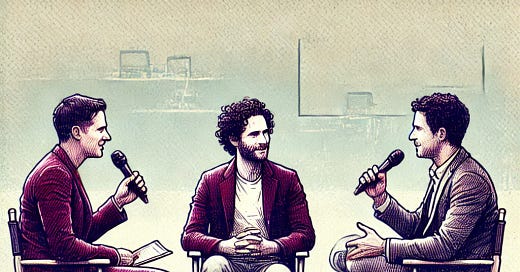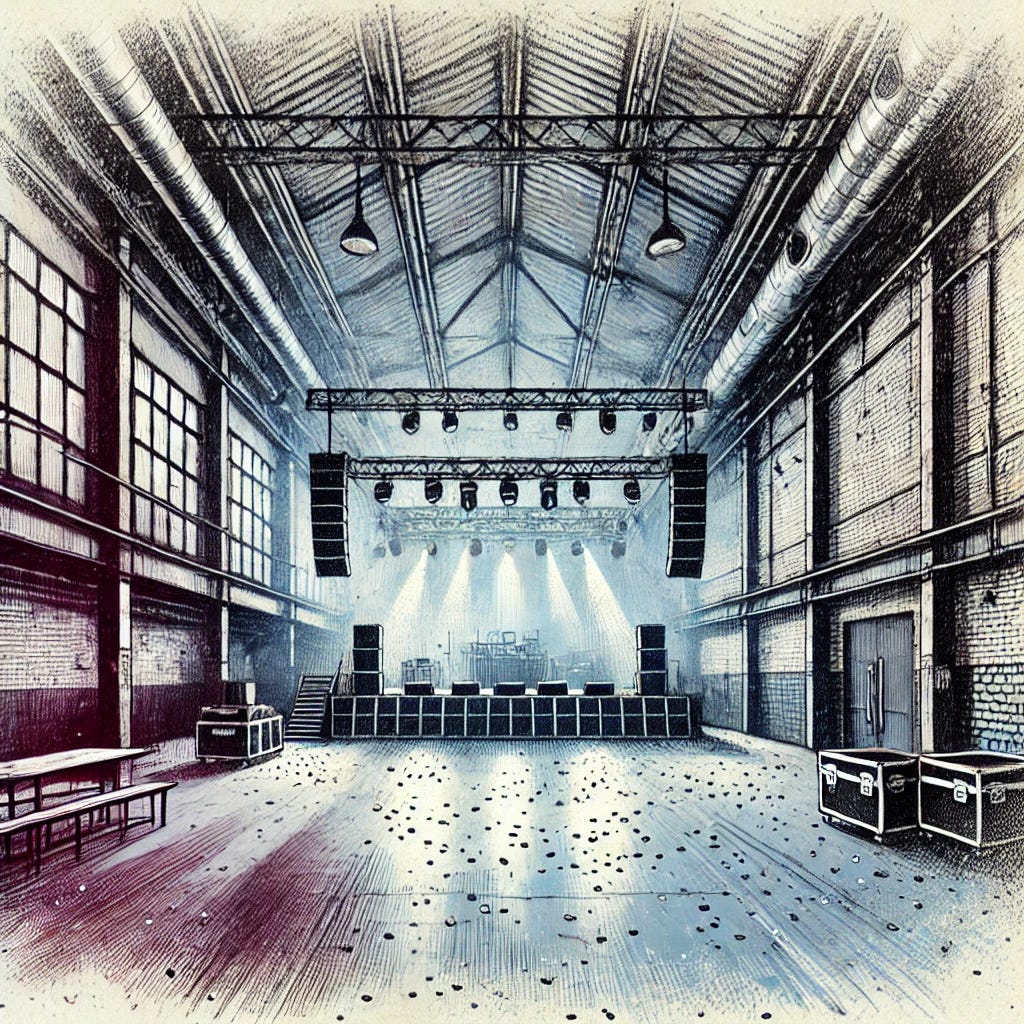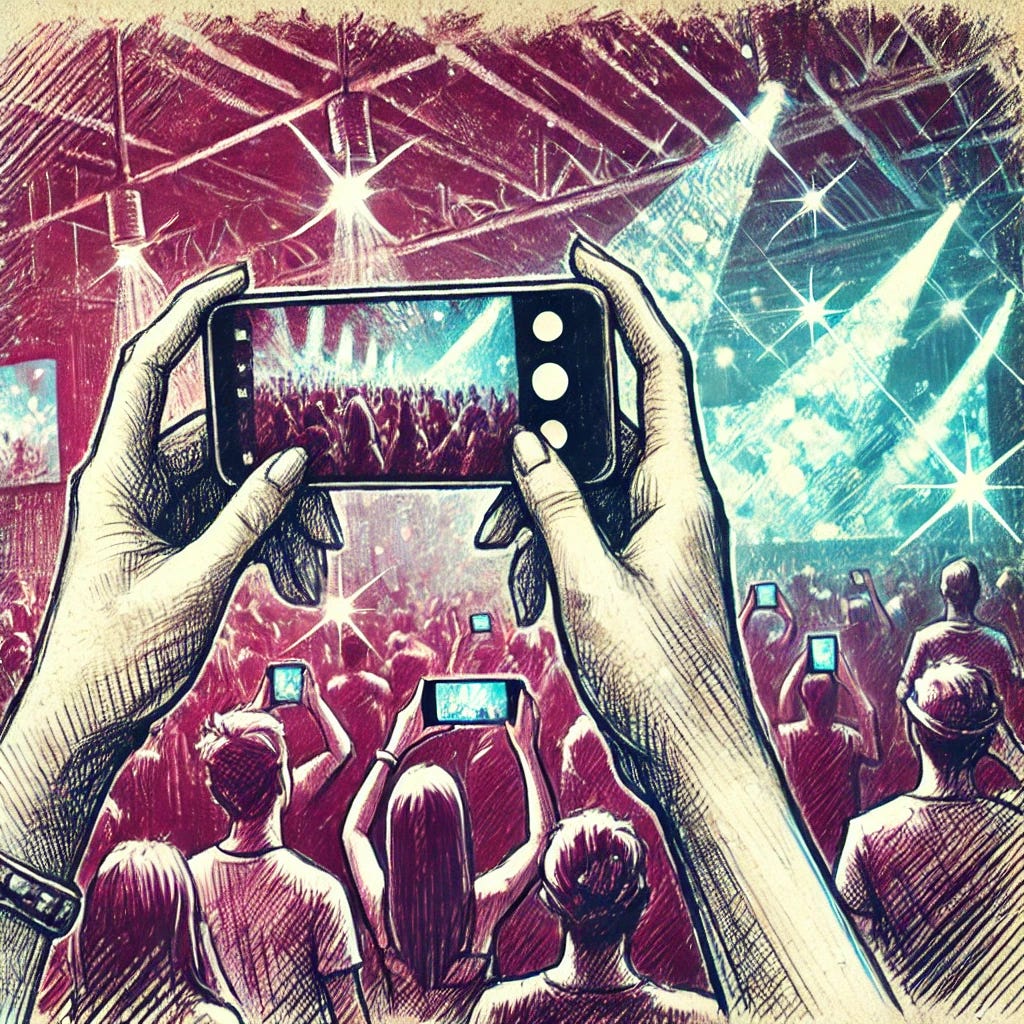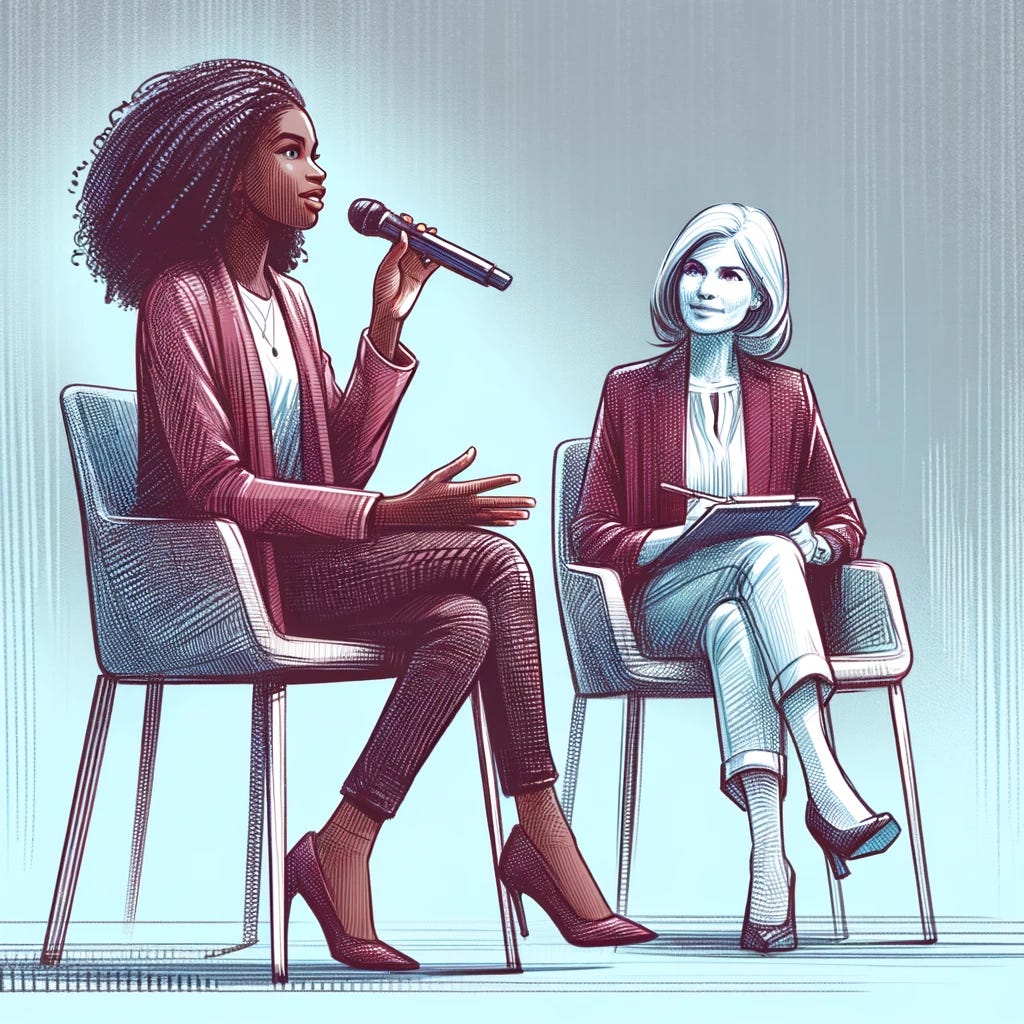Introduction
Welcome back to my Wessay series, where we delve into the evolving tapestry of culture and sound. Today, we build on the themes introduced in The Changing Lens of Culture, examining how recent societal shifts - particularly in nightlife - impact the music industry and its community.
The Shifting Sands of Nightlife
The past few years have seen seismic shifts in how we experience nightlife. Reports indicate a dramatic decline in traditional club-going including closures of clubs & festivals, with a shift towards daytime events and a surge in earlier nights. Nightclubs, once the heartbeat of music culture, face threats from rising operational costs, the pandemic's long shadows, and a changing consumer ethos marked by a shift towards wellness and economical spending.
Challenges and Opportunities
These challenges offer a unique lens through which we can reassess what the music scene needs. The current landscape is marked by a nostalgia for past music eras clashing with a digitally native audience that consumes music differently. This generation, often financially strapped by the cost-of-living crisis and rising energy prices, chooses selective engagement over the spontaneous revelry of the past.
Digital Dawn - The New Gateway to Music Culture
The introduction of many to the realm of dance music has increasingly been through digital channels, notably livestreams and the rise of TikTok. This shift has fostered a booming nostalgia for 90s rave culture among Gen Z, a generation that consumes music in stark contrast to the ways of the past. While digital platforms have democratised access to music, allowing DJs to amass significant followings and influence, they also pose unique challenges. The ease of access to digital content may discourage physical attendance at live events, a trend that necessitates a rethink of how we engage audiences. For industry leaders and policymakers, the task is twofold - enhance the appeal of live experiences and integrate the digital realm with the physical to create a seamless, compelling continuum that draws the digital native out into the night.
The Political Call - Safeguarding Nightlife's Future
Simon Dawson (General Manager, Defected) recently shared an article with me from The Guardian website written by Emine Saner; By 8pm it is time to head home: whatever happened to the big night out?(https://www.theguardian.com/music/2024/nov/28/by-8pm-it-is-time-to-head-home-whatever-happened-to-the-big-night-out).
In this piece, Patrick Hinton’s (Mixmag) insights underscore a dire warning - nightlife is at a precipice, threatened by a confluence of political, economic, and sociological factors. The migration of club-goers from small venues to massive festival-style events and large clubs signifies a deep transformation within the industry - a concentration of capital that risks sidelining grassroots venues that have traditionally been the lifeblood of the music scene. This shift, exacerbated by the devastating impacts of COVID-19 and ongoing energy crises, calls for a strategic response.
Governments and local authorities need to recognise the intrinsic value of nightlife as a cultural and economic force. This means implementing policies that support the sustainability of club venues and live music events. Subsidies or tax relief for energy costs, grants for emerging artists and venues, and regulations that protect venues from being priced out by urban development are crucial steps. Additionally, initiatives to enhance public transport and safety at night can rejuvenate the appeal of going out, making nightlife a more attractive, accessible, and safer option.
But is this enough?
Engaging the Consumer - A Dual-Front Strategy
On the consumer front, our goal should be to realign the perception of nightlife's value and its role in our social fabric. We need to campaign for nightlife - not only as entertainment but as a community benefit and a cultural heritage worth preserving. This involves educating consumers about the broader impacts of their choices; for example, opting to support local and smaller venues can sustain a diverse cultural ecosystem that benefits artists and audiences alike.
Marketing strategies must also evolve. They should not only promote events but also highlight the cultural significance of live music engagement. Creating narratives that connect personal attendance at events with broader cultural and economic health can transform consumer behaviour. In today’s market, too many strategies are sales led. “Marketing” is confused by “sales” and “advertising”.
A Call to Action
As industry leaders, our mission extends beyond survival to revitalisation. We need to inspire young fans, DJs, producers, and promoters by adapting to these changes while honouring the roots of our culture. It's time to think creatively about event formats, engagement strategies, and community support mechanisms.
My immediate thoughts are that we need to focus on several key structures:
Sustainability and Affordability - In response to escalating financial pressures, it is imperative to develop models that make engaging in nightlife both more affordable and sustainable.
The post-COVID era, coupled with the ongoing conflict in Ukraine, has led to surging energy prices, escalating supplier costs, and consequently, higher ticket prices. Furthermore, these rising costs have prompted agents to increase talent fees, compounding the sustainability issue within the nightlife sector. When we began booking Defected Croatia for 2025, our initial offers were met with a 50-100% increase in talent fees for many of the headliners, despite us keeping ticket prices down and reducing the days to ensure the event remained affordable for our fans. This is not exclusive to Defected Croatia. This trend presents significant challenges that demand immediate and focused attention to ensure the long-term viability of nightlife experiences.
Reinvent the Experience – If the future consists of a preference for earlier, shorter outings, why not reimagine the club experience? Should we start to consider earlier starting times at events, earlier close, diverse music line-ups, and incorporating wellness aspects could attract those who shy away from traditional nightlife? Printworks and Drumsheds, London, are two examples that have encapsulated the true feeling of a nightclub during earlier hours. Is this an example of a potential solution to the current problems?
Foster Community - Utilise digital tools not just for streaming, but to create interactive, community-driven experiences that extend beyond the dance floor. Forums, Facebook Groups, Whatsapp groups, Discord – community spaces continue to reinvent themselves. Does the future include the reintroduction of virtual events, when blended with live performances, that can create a hybrid model that serves wider audiences and marketing purposes? Food for thought.
Educate and Empower - With the decline in traditional apprenticeships in nightlife crafts, we should focus on education. Panels, workshops, online tutorials, and mentorship programs can provide the knowledge and skills necessary to nurture a new generation of talent. After all my first real interaction with Simon Dunmore was a request for a mentor.
Advice for the Young and Restless
To the young enthusiasts - fans, DJs, producers, and promoters - my advice is to embrace flexibility and innovation. Learn the ropes, yes, but also be ready to question and overhaul them. The future of music and nightlife rests on your willingness to adapt and redefine what a “night out” means.
Conclusion
As we move forward, our approach must be as dynamic as the challenges we face. By addressing these issues at both the governmental and consumer levels, we can foster a vibrant future for music culture. Engaging with these points allows us to craft a narrative that appeals to both policymakers and music fans, emphasising the indispensable role of an active, diverse nightlife in enriching our cultural landscape.
This dialogue is just the beginning. I invite everyone - fans, artists, promoters, and policymakers - to join in and share their perspectives. Together, we can ensure that the beat, indeed, goes on.








Rethinking the way show are made and make things different is mag be one of the key . People now want to see a show, they don t want just go in a club and dance, they also want to be seen because of social media and be part of the the event nit just only as public or dancer.
Stop putting Dj in front of them, put the Dj in the middle of the dance place, with a rotative boot. Film the event and put it live on YouTube, x, twitch etc.
Make thi moment memorable by offer personalized item, interview that they can share on social media, make it memorable not just danceble. Thank you and have a fantastic day